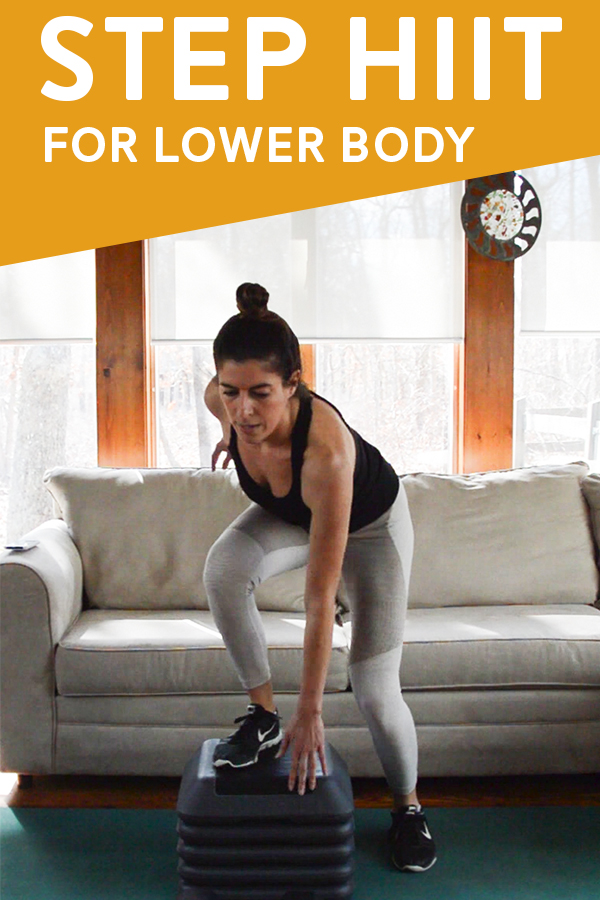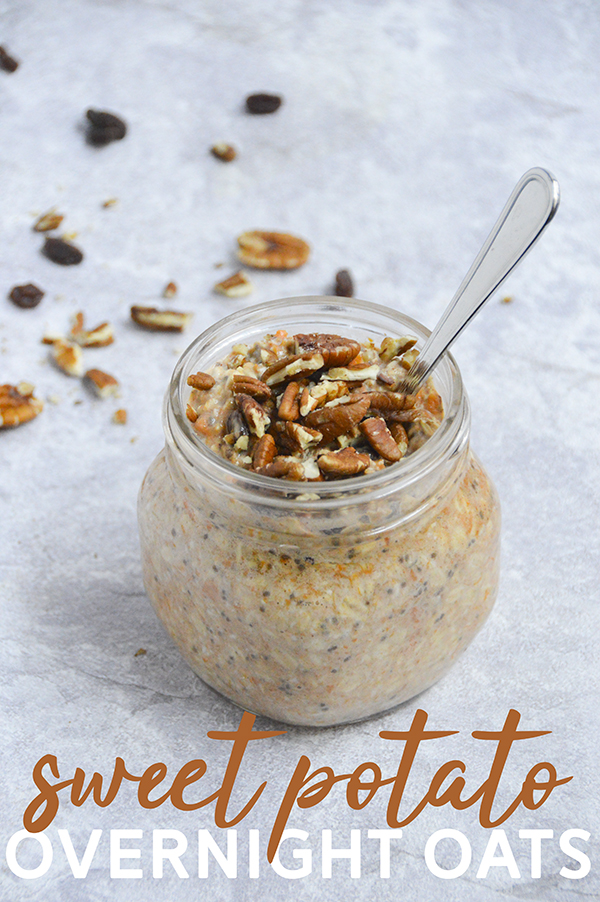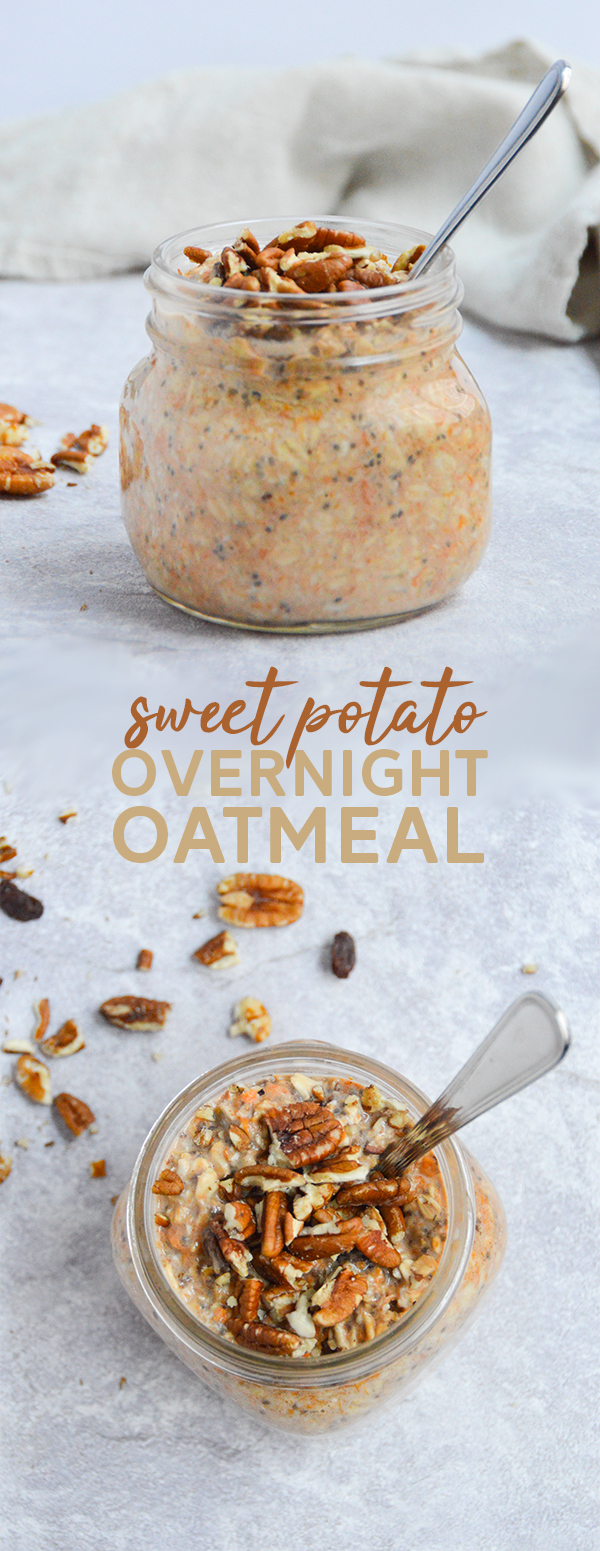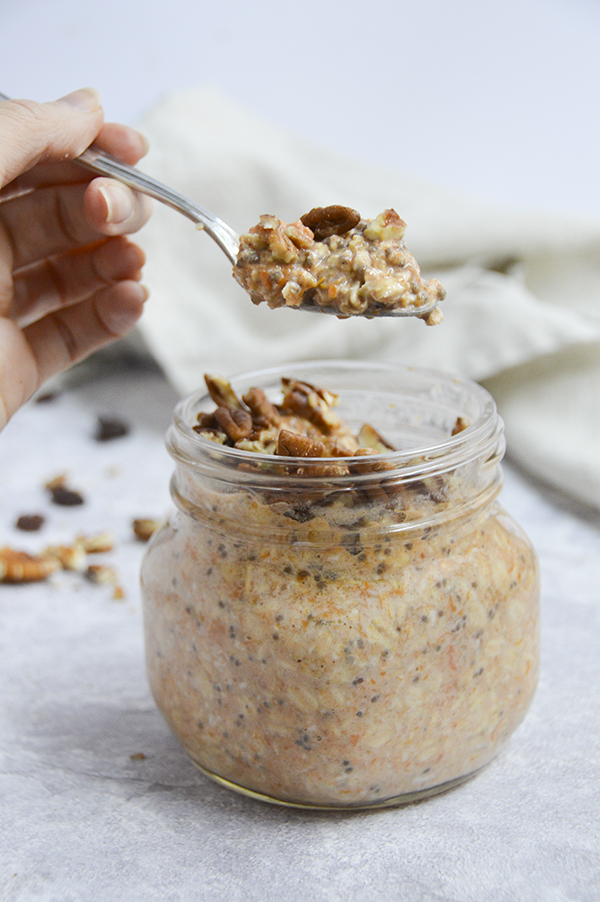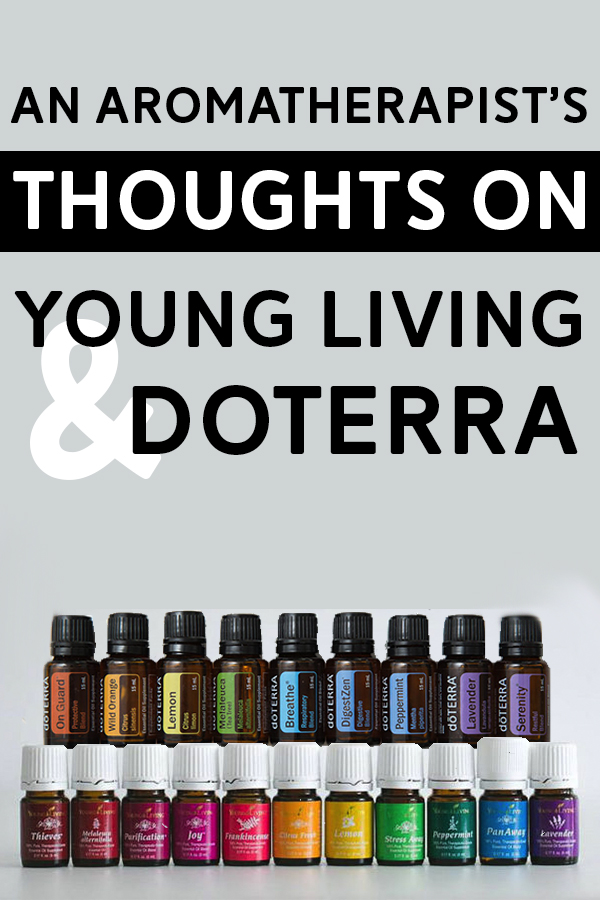
I get asked for my opinion on Young Living and doTERRA every time I mention essential oils. In fact, I think most people assume I’m about to hit them with a sales pitch for YL or DT the second I start talking about oils. For the record, I do not sell either and never will.
If you’re unfamiliar with Young Living and doTERRA, they’re the two major MLM companies selling essential oils. While I personally don’t want to be affiliated with either, I want to be clear right from the start of this post that this is NOT a blanked bashing of MLMs. It’s not even necessarily a bashing of YL and DT.
If you’ve found a product line you genuinely love, and have the opportunity to earn money by recommending it to your network, how can I hate on that? It’s similar to what us bloggers do with affiliate links to clothes and products we like. That being said, affiliate commissions are typically a much smaller percentage than MLM commissions. And there’s no recruiting people to sell underneath you with affiliate marketing.
While I don’t take issue with network marketing, there’s a BIG difference between recommending your favorite Tupperware to your network and recommending something with medicinal qualities and potential health hazards to your network. Especially if you’re not professionally trained in what you’re selling.
Anyone, regardless of knowledge of essential oils, can sell Young Living and doTERRA.
Essential oils are extremely potent. To give you an idea, 1 drop of essential oil is equal to about 30 cups of herbal tea. Accordingly, there are safety precautions you need to take when using them. Incorrect usage and in too high a concentration can have adverse and even dangerous effects.
To become a YL or DT rep, you don’t need any essential oil or aromatherapy training. Yes, their product info on the website does include some safety precautions and suggested uses. But beyond the information anyone can find themselves, no background knowledge is required.
That’s not to say every Young Living and doTERRA rep is unqualified to make essential oil recommendations. I’m sure there are plenty of Certified Aromatherapists and professionally trained health practitioners who sell these oils and give safe guidence based on a sound knowledge base. That’s great! But there are also YL and DT reps who are making unsafe usage recommendations, and making false health claims (knowingly or unknowingly) in the process of selling these essential oils. This is the issue I have.
*Some* Young Living and doTERRA reps make exaggerated or false curative claims to market the oils.
It’s one thing if you are purely a distributor and don’t shell out any useage advice. I.e. you are the owner of the CVS where someone buys their perscription medication; not the doctor who prescribes it. If you are a supplier of the oils without making any false health claims, and without giving any advice you’re not qualified to give, and who encourages those who buy from you to ask a professional about how to use the oils—then fine.
Far too often though (just search “essential oils” on Pinterest), I see distributors using false curative claims to market and promote their business. That’s not just irresponsible, it’s illegal. Distributors making such claims are one of the reasons why YL and DT have gotten into trouble with the FDA over the years.
Often, it’s not necessarily that the information is 100% wrong. It’s that the distributor is over-promising or the mode of application recommendations are wrong/unsafe. For example: Yes, essential oils X, Y and Z can be great for topically treating psoriasis. But no no no please don’t put the drops undiluted directly onto your skin!
Anyone can Google a list of essential oils good for just about any condition. But there’s a science (and an art) to synergistically combining them and applying them for maximum benefit, taking into account the individual’s needs. Took me a year-long course to learn all the intricacies and I still haven’t mastered everything!
Those making false health claims and sharing incorrect information delegitimize the company for those who actually know what they’re talking about.
Ok but what about those who are trained in aromatherapy and qualified to give essential oil usage advice? A company like Young Living or doTERRA could offer them a way to monetize their knowledge and even turn their passion for essential oils into a livelihood. Right?
As a Certified Aromatherapist myself, I personally actually don’t want to be associated with an MLM essential oil company. Yes, *I* know what I’m talking about when promoting these oils, but others affiliated with the company don’t. And some are even making false health claims and spreading misinformation about essential oils. I can’t help but feel that those people delegitimize the company and foster a sense of distrust around the brand (and around essential oils in general).
But is the company to blame? Or is it the sole responsibility of the individual distributors? Am I throwing the proverbial baby out with the bathwater? We could argue that all day, but I don’t know that it matters. In the end, the spread of misinformation as marketing is a bad look for the brand, whether it comes from the brand itself or its representatives.
Young Living and doTERRA essential oils aren’t better than all other brands.
If Young Living and doTERRA sold the absolute best essential oils on the market, maybe the opinion expressed in the previous section would be different. Maybe I would feel compelled to sell them. I’m not saying they’re necessarily worse than other essential oil brands. But there are other essential oil suppliers that sell products of equal or even better quality. If you’re interested, I talk more about finding a quality essential oil brand and share the ones I personally use in this post.
I’ve never used doTERRA oils and it’s been many years since I’ve used Young Living essential oils. So I can’t speak from personal usage experience about the quality of them. But here’s what I can tell you from researching the products:
Young Living and doTERRA essential oils aren’t organic.
I understand that depending on the plant, an organic essential oil can be hard to find or not available. And maybe the supplier hasn’t been certified organic by an outside source, but uses sustainable farming methods and is a quality grower. Organic isn’t necessarily the end-all-be-all label, but if there’s an organic essential oil option available, take it.
Some of the quality standard terminology Young Living and doTERRA use were created by … Young Living and doTERRA.
Some of the terminology and labeling that Young Living and doTERRA use to promote their oils are of their own creation. This doesn’t mean they’re bad, you just need to keep in mind these aren’t industry-wide standards. Young Living touts their Seed to Seal quality committment, for example. When you read about what the Seed to Seal program is, it says a lot about sourcing and testing that sounds great, but they don’t actually show any said test results. (Please correct me if I’m wrong, I can not for the life of me find them available for consumers anywhere on the YL site).
If the Seed to Seal program is as prestigious as it sounds, then that’s awesome! But because it was created BY the only company using it, I’m just saying the term itself is more marketing rhetoric than actual substance.
Along those lines, doTERRA distinguishes their oils with CPTG Quality Testing (Certified Pure Therapeutic Grade®). This is a testing process that doTERRA created themselves, and no other brand of essential oils can use their trademarked certification label. Becaue of that, there’s nothing to compare it to, and it doesn’t really mean much. Yeah doTERRA has the only Certified Pure Therapeutic Grade® essential oils on the market—because no one else is allowed to use the term.
I want to be clear that this doesn’t mean that their oils are shitty. I’m not saying they’re bad oils—I honestly don’t know! They could be great, high-quality oils! I’m saying that a lot of the terminology serves more of a marketing purpose than an actual representation of the quality of the oils. Thre is currently no recognized grading system for essential oils so terms like “therapuedic grade” don’t actually mean much.
Ok so then how do you determine the quality of an essential oil? Comparing GC-MS tests of the oils would be one definitive way. GC-MS stands for Gas Chromatography/Mass Spectrometry, and is a way to identify the individual constituents and substances within a test subject. The chemical constituents and amounts present within an essential oil are what make it interact with the human body in the way that it does. The quality of the environment in which a plant is grown, the climate in which it’s grown, the altitude, etc. can cause different oil batches of the same type of plant (Lavender, for example) to have slightly varying ratios of these chemical constituents. In other words, not all Lavender oil is created equal.
You can look up the GC-MS results for doTERRA oils, but only after you purchase them. (Thank you to the commenters who pointed this out to me.) Like I already mentioned, I can’t find any place to see the test results for Young Living oils, so as far as I’m concerned, they don’t share that information openly. I’d be more than happy to be wrong about this, so please do direct me to their results if you know where to find them.
Some other quality essential oil brands will share the GC-MS results right on the page where the oil is sold. Plant Therapy is one such brand that I love for its transparency. Not only do they let you see the GC-MS results but they have a spot in the report where an expert interprets them for you. So in comparison to a company like that, I can’t help but be a little underwhelmed with YL and DT.
Bottom Line
On the one hand, Young Living and doTERRA have created a lot of awareness about essential oils and the potential benefits of using them regularly. I think there are many instances in which essential oils can improve your quality of life, and because of YL and doTERRA, more people are using them. That’s wonderful, and for that I’m grateful for these companies.
But—and this is a big BUT—I can’t help but feel frustrated by the way in which awareness about essential oils has been raised. Many people now instantly associate essential oils with MLMs. And many people associate MLMs with pyramid schemes and distrust. I’m not saying that’s a correct association, I’m just saying it’s there for a lot of people. I experience this all the time when I start to talk about aromatherapy and essential oils with people. They tense up and wait for the sales pitch and for me to try to recruit them to my team.
If you’re selling YL or DT without spreading misinformation about essential oils, then that’s great—I truly wish you success. And if your friend is selling one of these brands and you want to support them, then support your friend! But be careful about taking advice from them regarding usage and safety if they’re not trained in aromatherapy.
I see Young Living and doTERRA as being in the business of marketing; not the business of essential oils. While they’ve succeeded in raising awareness about essential oils, they’ve also clouded them in conflicting information and confusion (whether directly or via distributors).
There’s also this hostile environment that’s brewed up around essential oil brand choice (I mean … just read the comments on this post). I think if there were a more concrete set of industry-wide standards in place that would resolve some of this, so I’m not implying the blame is solely on YL & DT. But the Young Living vs. doTERRA/Young Living vs. All/doTERRA vs. All battlefield is another reason I personally don’t want to be involved with either company.
And maybe that’s a shame. Maybe I’m missing out on a quality essential oil line that I’d love. Again, the point of this post is not to say YL & DT sell bad oils—it’s not the quality of the oils with which I have a problem. At the end of the day, I just don’t think a multi-level-marketing structure is best for such a powerful product with such potent effects on our health. This is my individual opinion on the topic and why I personally have chosen not to affiliate myself with these companies.
I know this is a hot topic, and I’m open to dissenting opinions in the comments and insights I might have missed. 🙂
xo Nicole
MORE POSTS ON ESSENTIAL OILS:
